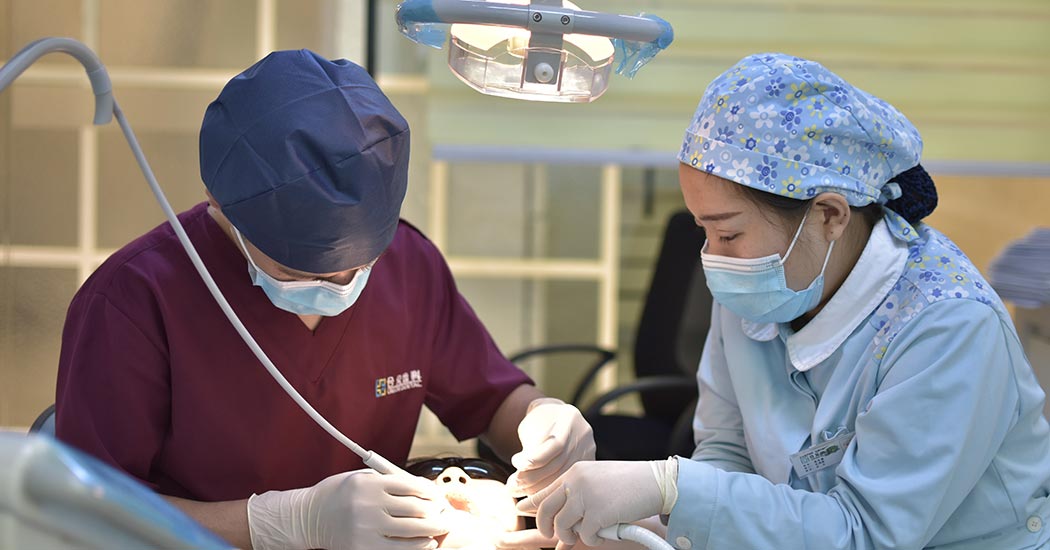General Dentistry
The General Dentistry treatments we offer include:
- Dental exams and teeth cleanings
- X-rays
- Restorations (including fillings)
- Temporomandibular joint disorder (TMJ) treatment
- Mouthguards
- Oral cancer screenings
- Tooth sealants
- Fluoride treatment
- Minor oral surgeries, such as wisdom tooth removal and tooth extractions
- Invisalign braces
Restorative Dentistry
During routine dental check ups, your dentist searches for cavities and signs of oral diseases. If there are any signs of cavities, they may recommend an indirect or direct restoration.
Direct Restoration Materials
Direct restorations are repairs made inside the mouth (e.g., cavity fillings). These restorations are also usually placed within one office visit.
- Composite is an adhesive bonding material made of acrylic resin. Tooth-coloured, composite fillings look very similar to your natural tooth, and is one of the most common restorative materials used for restorative dentistry.
- Amalgam is a mixture of up to 54 percent mercury with silver, tin, and copper. This type of material is obsolete and is typically not used for dental treatment.
- Conventional Glass Ionomer (CGI) is another restorative material. Glass ionomer is not as durable as the above two materials. Whilst it can effectively restore front teeth, dentists do not restore back teeth, such as premolars and molars, with CGI.
- Resin-Modified Glass Ionomer (RMGI’s) are similar to conventional glass ionomers, but with more strength and added acrylic resins. RMGI is only used to restore baby teeth for children.
Indirect Restoration Materials
General dentists also offer indirect restoration procedures (materials made outside of the mouth based on an individual’s teeth impressions). However, unlike direct restoration options, they require at least two dental visits.
The first step is to prepare the teeth by removing decay and preparing them for the indirect restoration. Then an impression is made. Lastly, your dentist sends the impressions to a dental laboratory to be created.
During the second visit, the restorations are fitted to the teeth and any necessary adjustments are made. Patients currently have a few indirect restoration treatments to choose from, including:
- Dental crowns are tooth-shaped caps that fit over a tooth. The primary purpose of a dental crown is to restore decayed, missing, or cracked tooth structure. Although, unlike veneers, they are not cosmetic.
- Dentures are full or partial sets of fake teeth.
- Dental implants are artificial tooth roots.
- Inlays and onlays are indirect fillings that replace old dental fillings. Inlays fit inside the top edges of teeth, while onlays extend over the cusps of teeth.
- Wisdom tooth removal is one of the most common dental surgeries. Oral surgeons and some dentists, such as general dentists, perform these procedures.
- Root canals are necessary when the soft tissues (containing nerves and blood vessels) in a patient’s tooth are infected. The treatment relieves pain and also saves your tooth from extraction.
- Tooth extractions are needed when a tooth becomes heavily decayed. During the procedure, a dentist or surgeon removes the tooth from its socket in the bone to prevent further damage.


